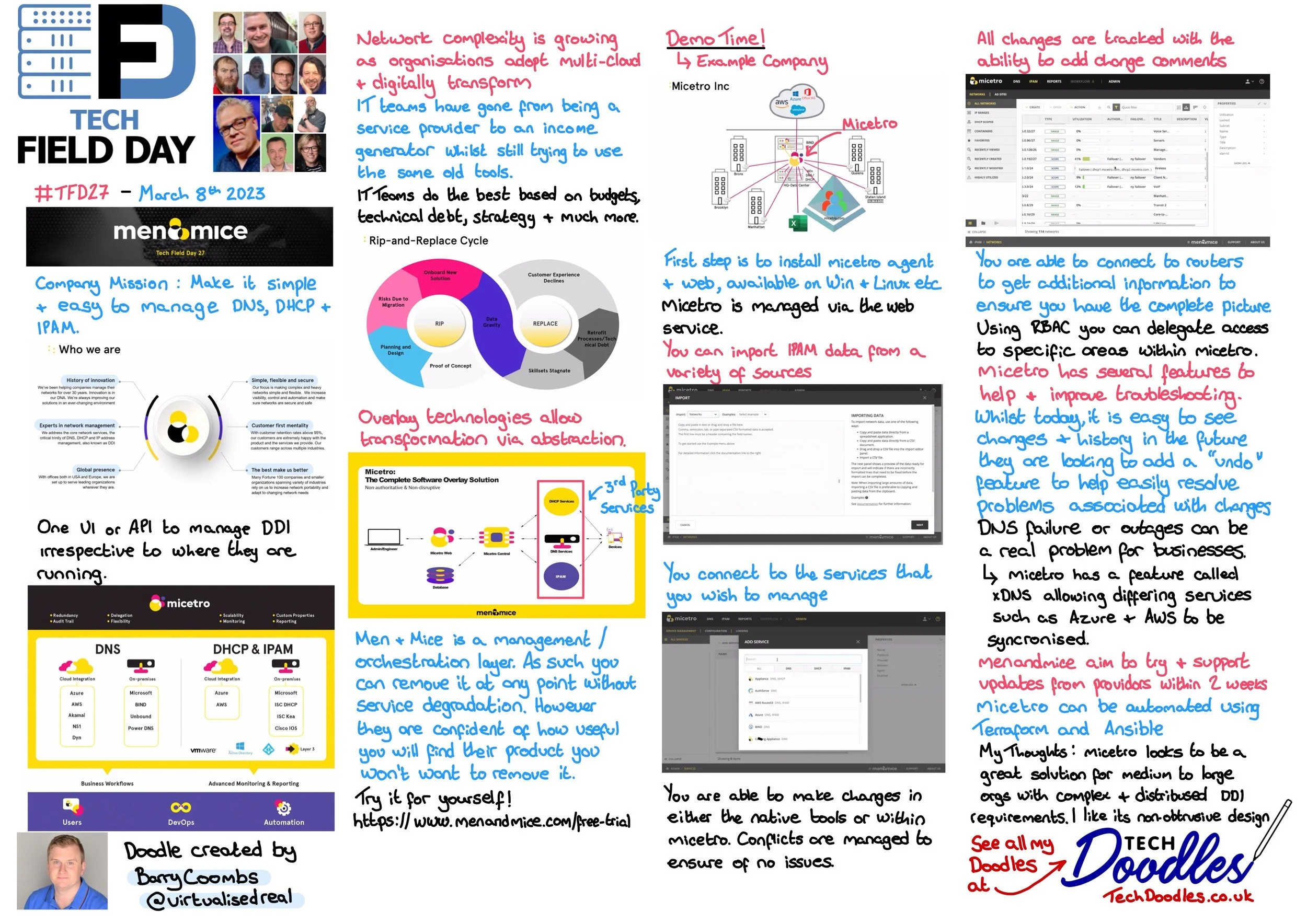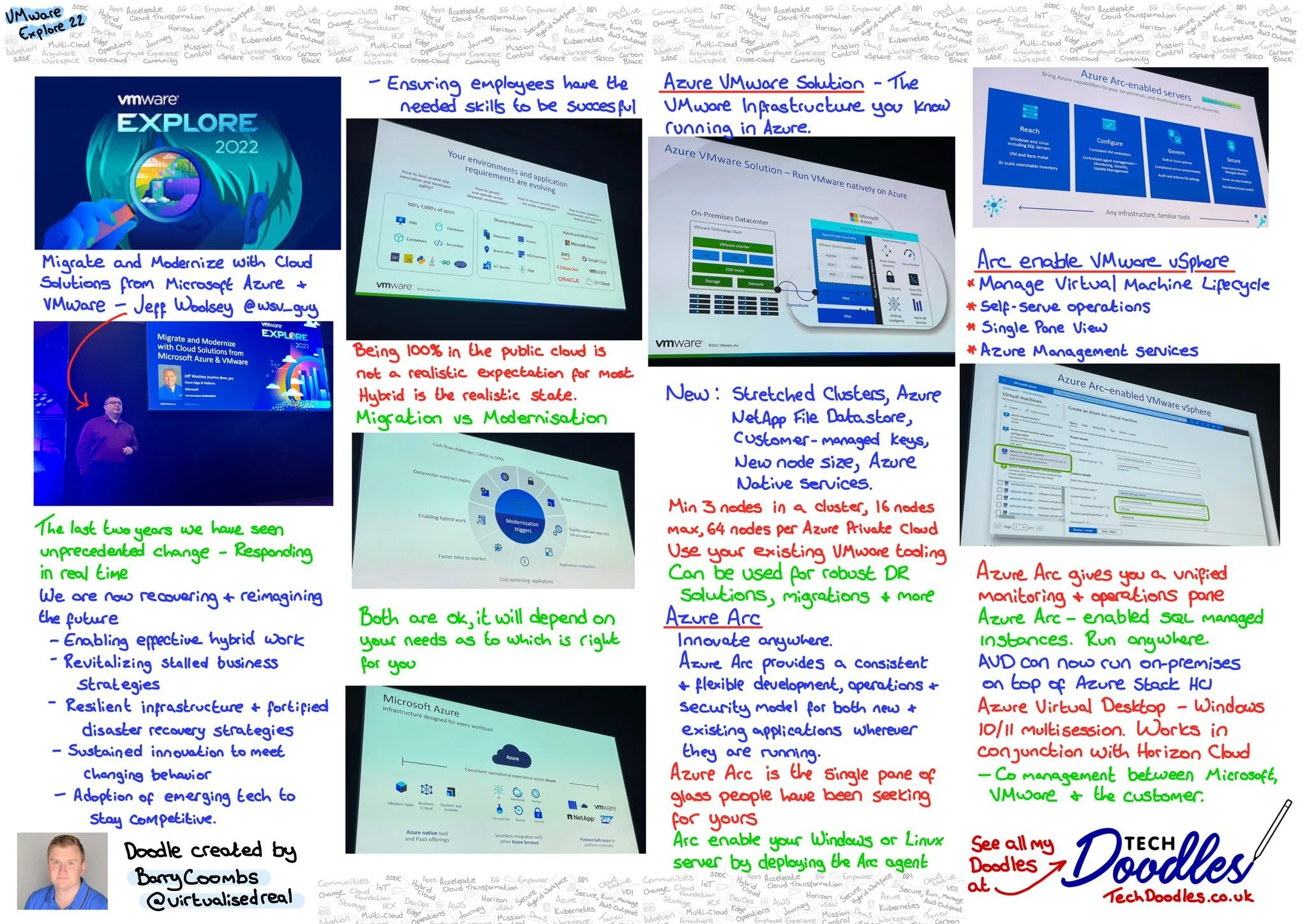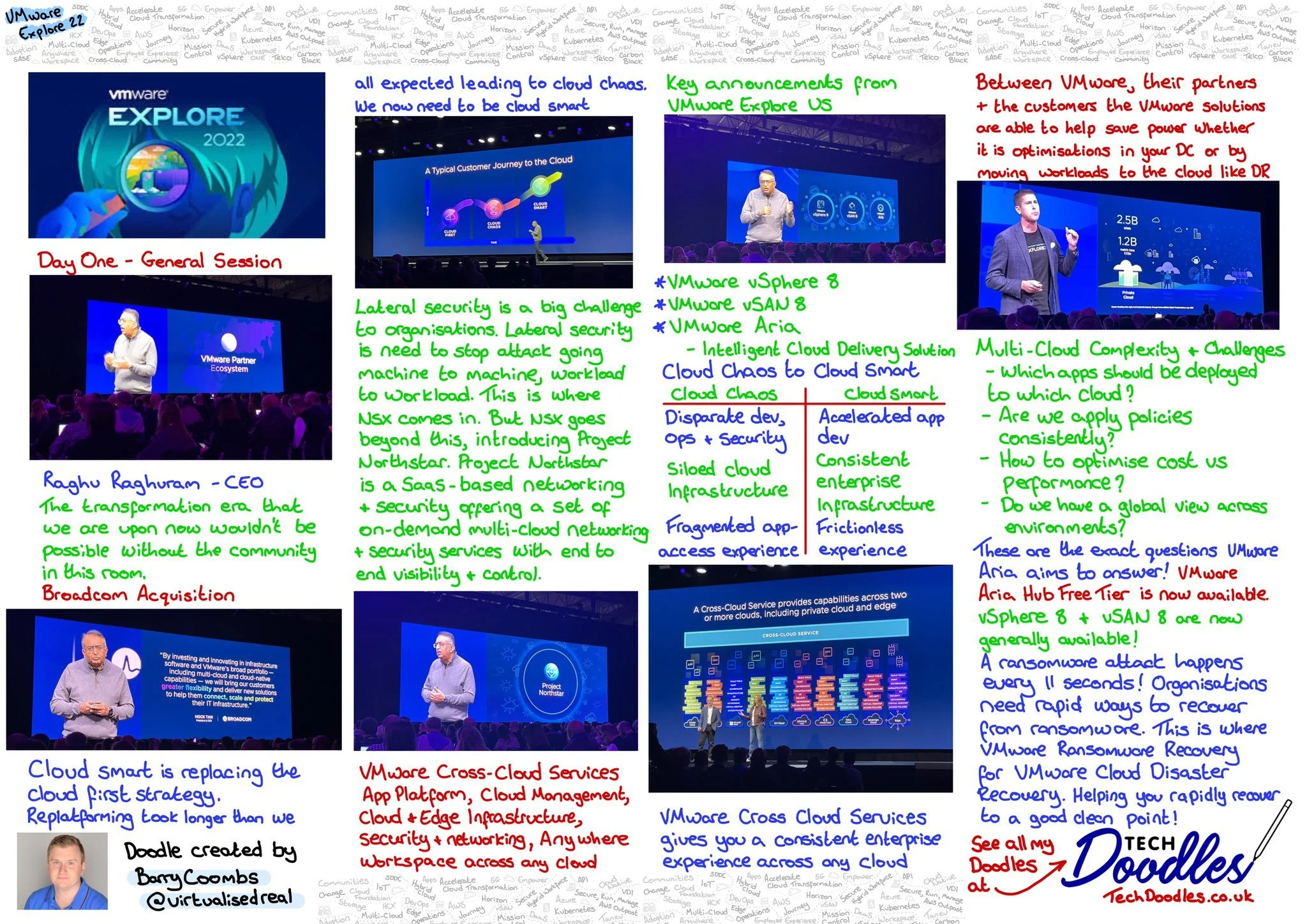With your network now reaching much further than the boundaries of your offices, managing an enterprise network is much more complex than ever before.
Kentik’s mission is two-fold.
To make life awesome for people building the connected world
Deliver one comprehensive observability platform for running all of an enterprise’s infrastructure.
During #TFD27, Kentik presented their SaaS-based Enterprise Network Observability Platform. Their platform can receive telemetry from various sources using integrations and agents. With this data via powerful analytics, they can provide network managers with automated insights to resolve issues, improve performance, control standards and much more.
During the demonstration, they showed a number of powerful tools that were able to troubleshoot various issues, including conducting root cause analysis over an application configured in a hybrid infrastructure.
I liked their platform's ability to configure various tests to help monitor the network and application performance. These are able to be configured to take place from agents you have installed across your network or public agents accessible over the internet across the world. This allows enterprise network admins the ability to receive insight from a variety of standpoints. Further to this, the visualisation capability within the platform was fantastic. The two examples below show visualisations, first of BGP routing and secondly of a complete network topology within AWS.
When managing a largescale complex enterprise network, these tools will be invaluable to ensure you have visibility across not only the networks within the offices but across datacenters, into the cloud and beyond.
You can see my doodle covering Kentik’s presentation below and be sure to check out the presentations on the TFD website.
To learn more about Kentik check out their website here.




































